Insights

28 Nov, 2025
Five Products: Showing How Sound Shapes Modern Consumer Experience
Read More
Amy Hayward
06 Jan, 2023 | 5 minutes
As people make more conscious choices, we’ve been exploring the future of fast-moving consumer goods – from cultured meat to animal-free dairy to skin rewilding. Working with progressive consumers, we set out to uncover insights that could help manufacturers speed up adoption of future innovation. Consumer behavior is typically slow to change, and with the future of our planet in peril, anything we could do to increase the pace of change was surely worthy of our time.
In our travels, we found brilliant and not so brilliant examples of great communications that frame game-changing innovation. One of our favorite examples has been BOLD CULTR, an animal-free dairy cream cheese. It’s made using a process known as precision fermentation – which has copied a protein found in cow's milk and used it to create dairy products without the cow. It’s a remarkable feat of engineering - but try selling the idea of animal-free dairy to friends and family and you’ll soon discover that it’s massively confusing. And confused consumers rapidly become worried consumers – worried about safety, health and sensory performance.
Our research found that whilst people are supportive of more sustainable dairy products, everything can fall flat if the framing misfires. Naming conventions and pack copy are crazily important – not to mention the role of marketing communications.
BOLD CULTR does an exceptional job here. The brand team has crafted communications that engenders a more positive reaction. ‘Next Gen’ implies progressive, modern and better. Other brands that lazily attach themselves to ‘Animal-Free Dairy’ have essentially defined their offer by what it isn’t - generating a more functional and reductionist set of associations.
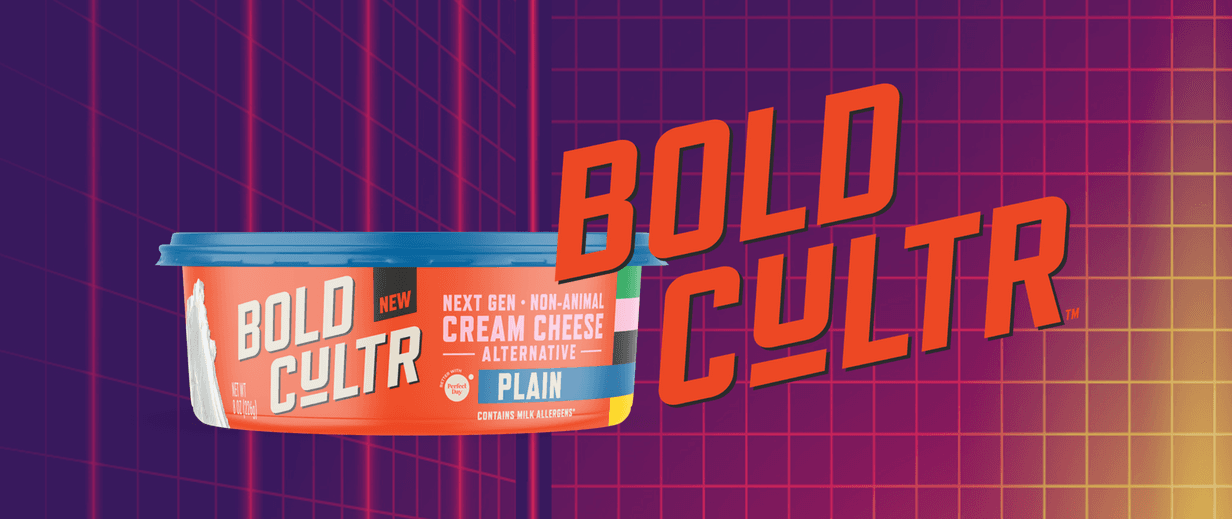
The importance of names, claims and copywriting goes far beyond animal-free dairy. In the low attention economy, brands must work harder to generate a sense of theatre and high expectation. Not only does the product experience have to captivate the intended audience, so must the whole communications story that surrounds that experience. Critically, that story must perfectly align with the product and brand to ensure the consumer journey is seamless from start to finish.
However, this can often be overlooked, or left to last and ‘back-fitted’.
Anyone that works in R&D or marketing knows that product innovation is an exciting, yet challenging and lengthy experience. Many things can change along the way and many opinions are expressed - especially if there is an element of style or tone to be decided.
The sheer amount of information can be overwhelming, and as such, brand teams risk losing sight of the core proposition in the process. The good ship innovation can suddenly vie off course, caught in a wave of additional meetings and stage-gate adjustments.
This begs the question: are there actionable ways to streamline the process, empower seamless cross-team collaboration, and generate creativemarketing comms that boost product adoption?
In short, yes. And for brands of all sizes.
Throughout decades of deconstructing product experiences in FMCG and helping our clients create extraordinary innovation, there is one truth that has remained constant.
Great brand stories begin with a true understanding of a product’s sensory characteristics and full user experience, before translating this into engaging communications that are motivating, memorable and honest.
But how? MMR have developed Sensory Story: a consumer-centric solution to identify the sensory characteristics of a product experience that cut through and leave a lasting impression on consumers. We then incorporate this insight alongside the brands’ core proposition, marketing communications, and tone of voice. And all within the space of a few weeks, bringing your R&D and Marketing teams together when it matters most.
So, what exactly is needed to achieve this outcome? Here are a few suggestions from our learnings in developing Sensory Story, and the years of experience that fuel it.
Sensory Story works on four key foundations – each a vital component in achieving a streamlined process, to ensure the product experience is accurately deconstructed and then effectively translated into claims and comms, so you can deliver on a brand promise.
Project managers must consult across teams as soon as possible; set up innovation teams or scrums to address any sticking points; share developments regularly; make sure all parties are clear on the objectives, market opportunity and brand positioning; and bring any agencies along as well (research and creative).
Yes, there will be disagreements, different viewpoints and it may feel slightly uncomfortable at times, that’s to be expected – but when you have the right expertise with everyone pulling in the same direction, you’ll get over those hurdles earlier in the process minimizing time and investment.

Having creative agencies involved at this point enables them to consider how these pivotal product benefits integrate into the brand architecture and where they could potentially sit within the overall communication hierarchy.
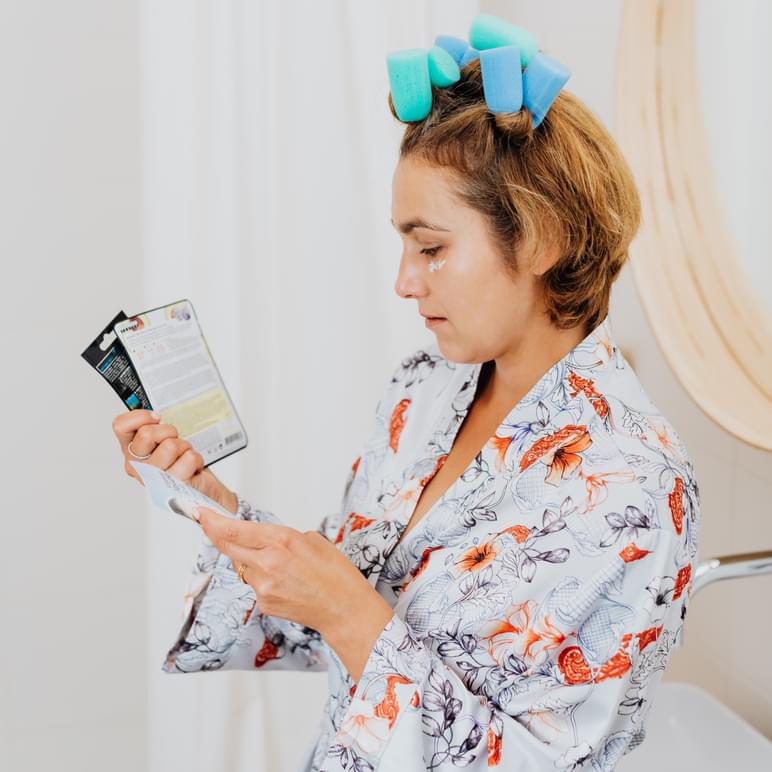
And if you’ve got a creative team that can develop comms and visuals on the fly, you get the opportunity to test and then learn from potential external comms with target consumers in real-time - not bypassing this completely or having to run it as a separate qualitative group.

It sounds complex – but it’s not. Particularly if you’re co-creating with consumers. Don’t take the first or second opinions as gospel. Dig deeper, keep asking why. Understanding the thinking behind their answers helps to unlock nuggets of insight that could be crucial in the development process.
Again, having writers involved provides the opportunity to develop narratives and messaging live within groups – so testing and learning – and then revise, optimize and throw these developments back into the groups.
Conducting research in this way results in messaging and proposition development, which is primarily focused on the product experience, being created and optimized in real-time with your actual consumers.
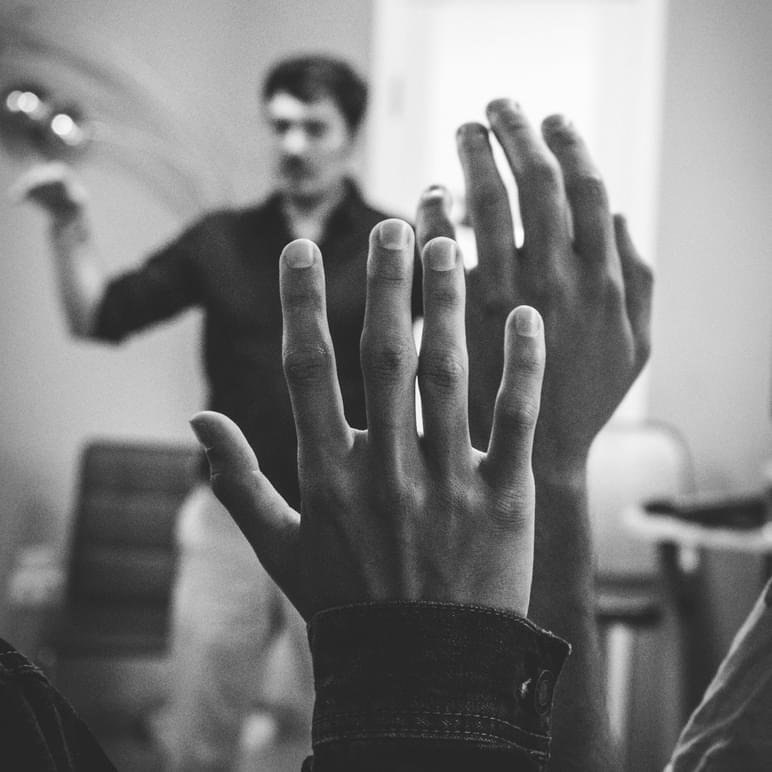
If you’re interested in finding out more about how we’ve helped other clients with their external communications and claims, and enabled them to innovate with consumers at the heart of their R&D and Marketing, download the Sensory Story factsheet below or get in touch here to speak to a member of our team.
Insights

28 Nov, 2025
Five Products: Showing How Sound Shapes Modern Consumer Experience
Read MoreNews
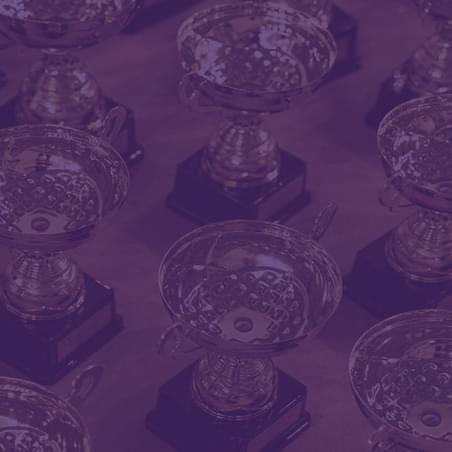
25 Nov, 2025
'If Your Product Updates Don’t Match the Frequency of Smartphone Upgrades, You'd Better Rethink Your Strategy.”
Read MoreNews
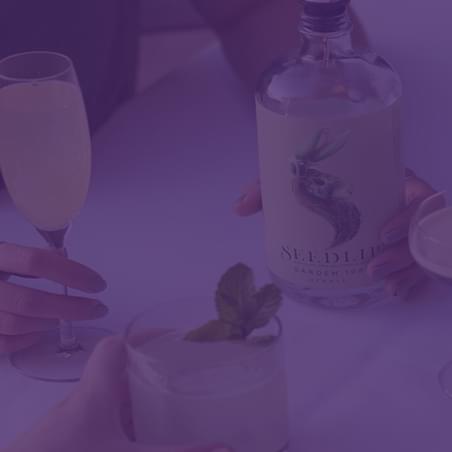
22 Oct, 2025
NEWS RELEASE: Non-Alcoholic Beverage Inventor, Ben Branson Calls for More Originality
Read More